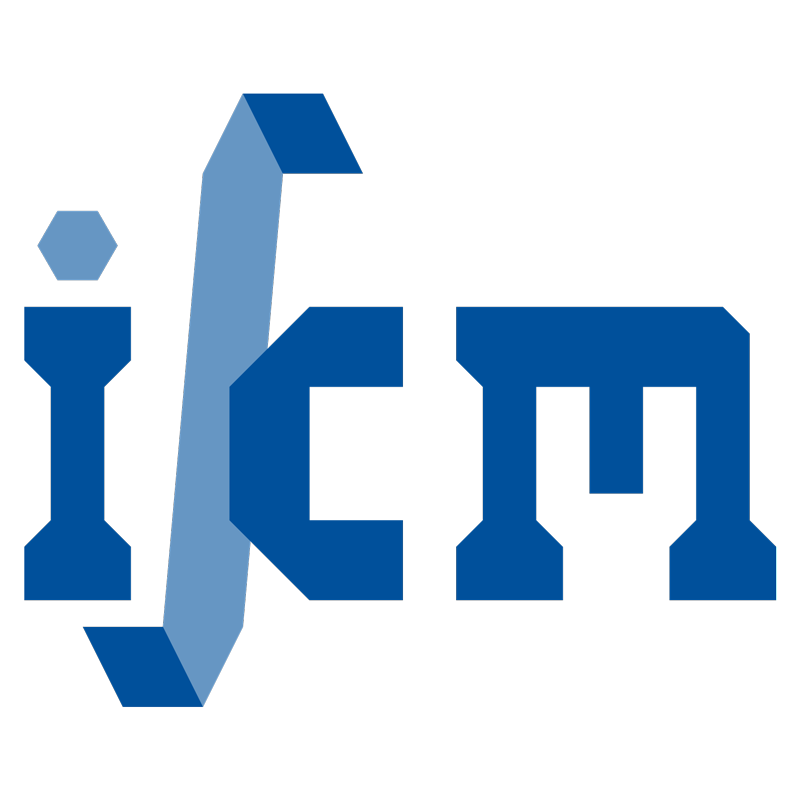Virtual Element Formulation For Finite Strain Elastodynamics
Dedicated to Professor Karl Stark Pister for his 95th birthday
- verfasst von
- Mertcan Cihan, Fadi Aldakheel, Blaz Hudobivnik, Peter Wriggers
- Abstract
The virtual element method (VEM) can be seen as an extension of the classical finite element method (FEM) based on Galerkin projection. It allows meshes with highly irregular shaped elements, including concave shapes. So far the virtual element method has been applied to various engineering problems such as elasto-plasticity, multiphysics, damage and fracture mechanics. This work focuses on the extension of the virtual element method to efficient modeling of nonlinear elasto-dynamics undergoing large deformations. Within this framework, we employ low-order ansatz functions in two and three dimensions for elements that can have arbitrary polygonal shape. The formulations considered in this contribution are based on minimization of potential function for both the static and the dynamic behavior. Generally the construction of a virtual element is based on a projection part and a stabilization part. While the stiffness matrix needs a suitable stabilization, the mass matrix can be calculated using only the projection part. For the implicit time integration scheme, Newmark-Method is used. To show the performance of the method, various two- and three-dimensional numerical examples in are presented.
- Organisationseinheit(en)
-
Institut für Kontinuumsmechanik
- Typ
- Artikel
- Journal
- CMES - Computer Modeling in Engineering and Sciences
- Band
- 129
- Seiten
- 1151-1180
- Anzahl der Seiten
- 30
- ISSN
- 1526-1492
- Publikationsdatum
- 2021
- Publikationsstatus
- Veröffentlicht
- Peer-reviewed
- Ja
- ASJC Scopus Sachgebiete
- Software, Angewandte Informatik, Modellierung und Simulation
- Elektronische Version(en)
-
https://arxiv.org/abs/2002.02680 (Zugang:
Offen)
https://doi.org/10.32604/cmes.2021.016851 (Zugang: Offen)


